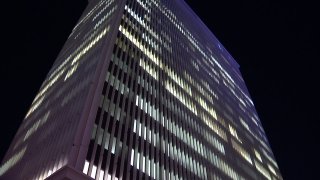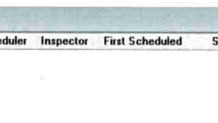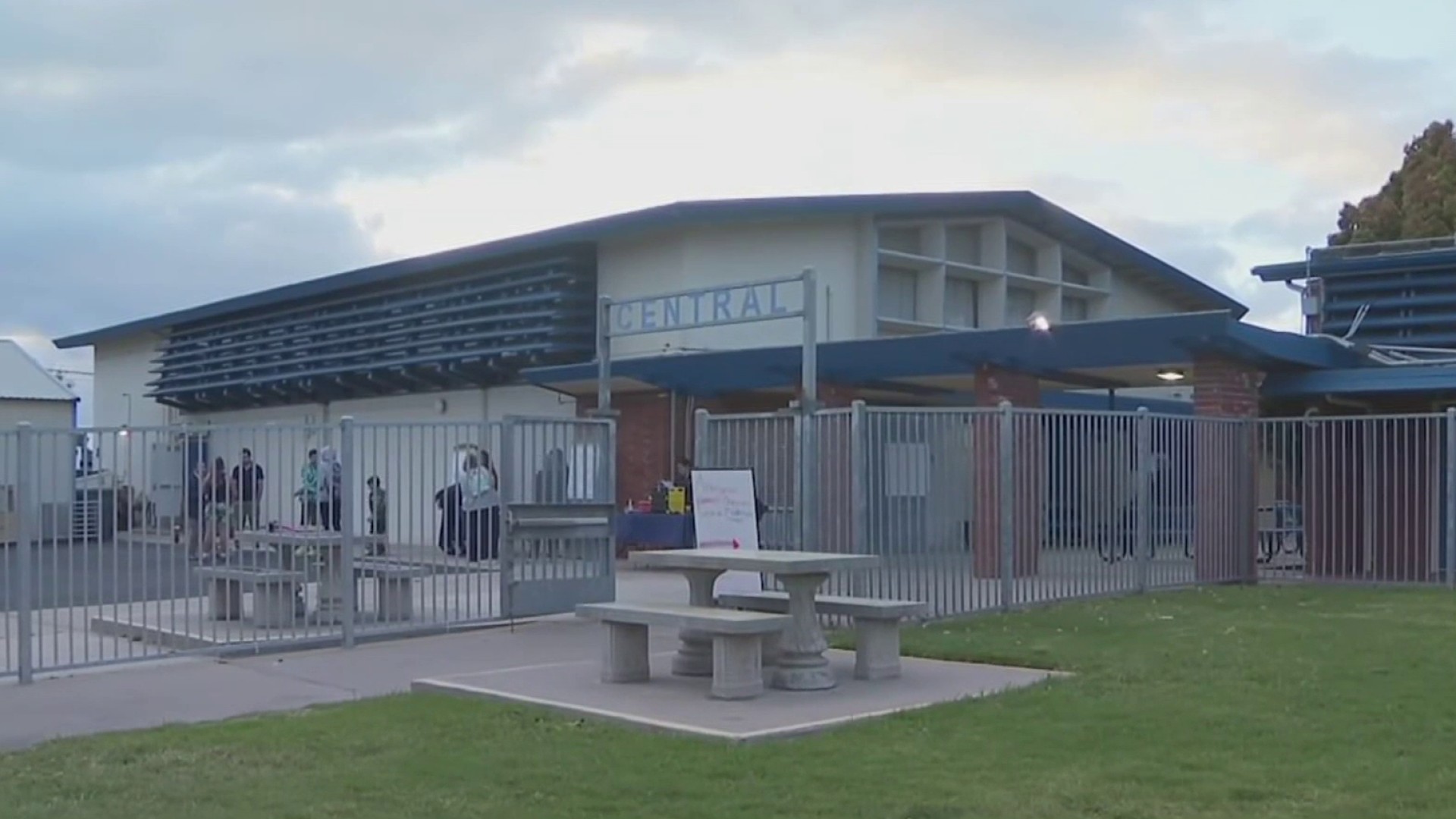
Asbestos and fire safety issues were not the only risks that city employees were exposed to in December 2019 when city leaders opened its newly acquired building 101 Ash St.
Newly obtained documents from the contractor the city of San Diego hired to renovate the building show that the drinking water inside was polluted and had not been flushed out before 840 employees moved into the building.
In addition, the sewage system inside 101 Ash had not been repaired and the contractor advised against occupying the building.
But even more concerning, public documents obtained by NBC 7 Investigates reveal the city failed to get a building permit issued before moving hundreds of employees into the 21-story downtown building. The permit record also found that in terms of fire safety, numerous inspections were failed, some even after employees moved into the building.
The new information emerges as San Diego Mayor Kevin Faulconer and other city leaders look to move forward on the city’s 2016 lease-to-own purchase, which is expected to cost more than $300 million, all for a building which was valued at $72 million.
Faulconer has vowed “those responsible for the Ash Street fiasco will be held responsible.”
While attention has focused on how and why the city entered into a lease-to-own purchase with few if any safeguards written into the purchase agreement, little attention has been given to the manner in which city officials plowed ahead in order to move city workers into what contractors deemed an unsafe building.
Local
In terms of the drinking water inside the building, a letter dated Nov. 29, 2019, from general contractor West Coast General Corporation states that the renovation project was stopped on numerous occasions after asbestos was found inside the building. The work stoppages that occurred as a result prevented workers from flushing the water lines out with chlorine and then testing the water quality to make sure it was safe to drink.
“Due to the scheduled restricted access to the building starting on Wednesday, Dec. 4, 2019, [West Coast] has canceled the chlorination.... Ultimately, the city will have to determine if this provides the necessary compliance for occupation,” reads the letter.
Kevin Huyser is a superintendent with West Coast General Corporation who worked at 101 Ash for more than a year on plumbing, mechanical and electrical issues. In an interview with NBC 7 Investigates, Huyser said that upon entering the building in 2018, the water was stagnant and brown.
“The water had been shut off for probably two to three years, and it was brown coming out of the pipes and smelled like sewer," Huyser said. "So that right away gave us an indication just how bad that water system was."
Huyser confirmed what his company’s letter stated: that the city moved workers in without treating the water.
“The pipes were never properly flushed," Huyser said. "There were still a number of water-heater tanks that the city chose not to replace, so the water in those tanks were still stagnant and polluted.”
Non-potable water inside 101 Ash was only one issue. Huyser confirms the sewer system was in disrepair as well, forcing West Coast to advise the city against moving workers in.
But, Huyser said, those warnings were ignored.
The Nov. 29, 2019, letter stated that an entire sewer system tract was inoperable and any use of the pipes would result in having to open up walls, which would then require additional asbestos remediation.
“It is our understanding that the south sewer stack has not been repaired or replaced,” read the letter. “Without this critical infrastructure, it is not advised to occupy the building.”
Continued the warning: “Any facilities that drain into the south sewer line will be unable to be put into operation and the work to replace the line may require opening of the walls and [asbestos-containing material] controls.”
Huyser again confirmed the letter’s assessment: “The sewer pipes were and still are dilapidated and corroded and leaking.”
Huyser saidhe was surprised that the city moved forward with the move-in date and, in doing so, put workers' safety at risk.
“That’s part of the reason why I'm talking now, is the fact that it's a complete disregard for human safety," said Huyser. “I think that needs to be addressed. I had a number of inspectors come to me and whisper in my ear that they were getting pressure from above.”
"It was a complete disregard for human safety."
Kevin Huyser - Superintendent - West Coast General Corporation
Safe drinking water and adequate sewage systems were not the only concerns listed in the Nov. 29 letter from 101 Ash’s general contractor. It also stated that a pre-final inspection conducted by the city’s building inspector would “impact final sign-off” for occupancy. The letter went on to note that West Coast had conveyed the issues to the city on Nov. 14, 2019, and had not received any direction.
The letter states: “To date, we have only received some verbal responses that the city is going to talk to [the Development Services Department]…. Nonetheless, we are not going to be able to perform final inspection until the issues are addressed.”
But according to public permit records, a final inspection on the structural permit was listed as “unavailable.” And as for those inspections that did occur, the building failed a vast majority, including inspections of the fire alarm system that took place after employees had already been moved into the building.

NBC 7 Investigates has written extensively about the inadequate fire alarm system and malfunctioning vents which, if a fire were to spark, would turn the building into a "towering inferno," according to Huyser
So, just how was it that the mayor’s office and the city were able to move 840 city workers into 101 Ash?
NBC 7 Investigates asked the city whether it had obtained a certificate of occupancy for 101 Ash before city workers moved in. The city responded by sending one issued in 1968.
Johnnie Perkins. the deputy chief operating officer for the city of San Diego, stated that a new certificate was not needed despite the major renovations: “A new certificate of occupancy is only required when there was a change of use or occupancy classification (as we explained last week). See San Diego Municipal Code, Section 129.0113. A new certificate of occupancy is not required whenever a permit is required."
Added Perkins, “As there was no change of existing use or occupancy classification, a new certificate of occupancy was not issued.”
The statement from Faulconer’s office, however, appears to be in contrast with Building Code Section [A] 105.1, which states, “Any owner or owner’s authorized agent who intends to construct, enlarge, alter, repair, move, demolish or change the occupancy of a building or structure, or to erect, install, enlarge, alter, repair, remove, convert or replace any electrical, gas, mechanical, or plumbing system… shall first make an application to the building officials and obtain the required permit."
NBC 7 also asked the mayor’s office about the permit as well as the water and sewage issues inside Ash.
In regard to the water and sewage issues, Perkins said, “The domestic water was tested by the general contractor, West Coast General, and the City of San Diego’s Water Quality Chemistry Services Division prior to moving occupants into the building. Both test results concurred that the building’s water met water quality acceptable standards. Also, the domestic water lines were flushed by the general contractor prior to occupancy, and Ash’s maintenance staff continued flushing and monitoring the water quality during occupancy.”
However, in the attachment that accompanied Perkins’s statements was the city’s response to West Coast Corporation’s concerns. In that letter, one of the city’s project managers for 101 Ash, Julie Ballesteros, wrote, “The city fully intends for the chlorination of the entire domestic line by West Coast General Corporation to occur post-move in and during a weekend when there are no occupants.”
As for the deteriorated condition of the south sewer line that West Coast assessed to be unusable, Perkins told NBC 7 Investigates that another contractor inspected the sewer line and determined that no repairs were needed.
However, in the Dec. 4 letter from Ballesteros to West Coast, Ballesteros wrote that a subcontractor shot video from inside the line that showed repairs were “minor in nature” and could be done after employees were moved in.
When asked whether any workers were moved into 101 Ash before a final inspection was performed, Perkins wrote, “Inspections were conducted floor by floor, and city employees were moved onto a floor only following a completed inspection. No city employees were moved onto a floor before the floor passed final inspections.”



